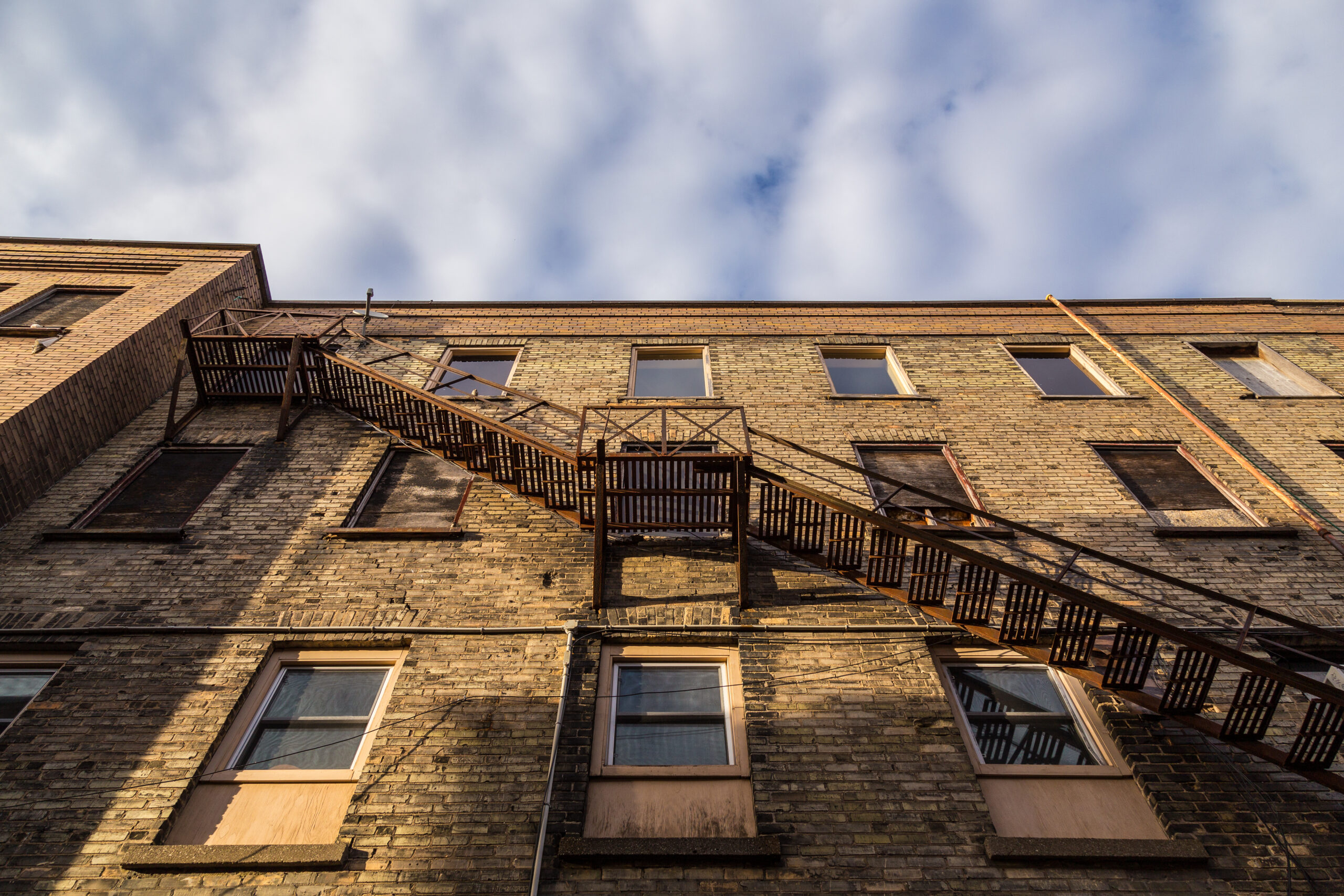Why does heritage matter? While society is becoming more interested in the impact of climate change, our collective and related conversation about built and natural heritage – the uptown corduroy road, for example – remains relatively undeveloped.
Heritage advocates and enthusiasts are often characterized as obstructionist, anti-progress eccentrics living in the past. Real estate agents, developers, builders and homeowners have been known to complain that heritage conservation costs unnecessary time delays and money, as well as increased insurance costs. Sound familiar?
These are strong protests against heritage because they target the bottom line. However, they are short-term arguments rooted in outdated information. Here are five important reasons why heritage conservation matters.
RESPECT FOR OUR STORIES AND OURSELVES
By conserving our built and natural heritage, we acknowledge the cultural contributions and impact on this country and our society of indigenous people and immigrants. Community leaders, visionaries and labourers shaped the physical Canada we know today. Our buildings, homes and landscapes are reminders of how we got to where we are today and help mark the way for future generations.
They are legacies that we are entrusted to pay forward to our children and grandchildren.
PLACE-MAKING AND CULTURE
Together with the land we walk on, our unique buildings, homes and artistic creations give us a sense of place. Who doesn’t revisit the building where they went to school or church or their favorite childhood hangout? Built and natural heritage are touchstones for our individual memories and collective identity. They help create places that are unique to the geography of that place and no other, and help provide a sense of belonging.
Landmarks of past experiences also provide context for the present. Places with history are in sharp contrast to new places that do not have a past. Think of your experience in a building that has been re-purposed compared to that in a brand new build. By conserving our valued buildings and landscapes we create places that are meaningful to individuals and when that meaning is shared by many, we create community. This is why public spaces like parks, libraries and hospitals, and private spaces, such as factories, hold so much value for us; they represent a common experience and a shared sense of belonging with which we can move forward.
PRESERVATION OF ART AND TECHNOLOGY
Many historical building materials and techniques are no longer used in today’s construction processes. Similarly, the unique skills and tools of craftspeople of yesteryear, used to create beautiful often simple structures, may be ancient history to today’s builders. Their craft can only be found in fine physical structures recognized for their beauty, exquisite detailing and proportion. Their original structures once inspired new styles of architecture and building techniques. For example, Waterloo Region farmland is synonymous with the bank barn, now quickly and sadly disappearing from our landscape. Without conservation efforts, we risk losing the continuity and knowledge we need to appreciate and advance our art, culture and architecture.
ENERGY CONSERVATION
Did you know that 35 per cent of the landfill (in 2008) was comprised of demolished buildings? It makes economic and environmental sense to conserve the energy spent to produce building materials, transport them around the world and then construct buildings, rather than to expend further energy demolishing, transporting and storing building waste in landfill.
Contrary to belief, many older buildings are remarkably energy efficient. Constructed of solid materials, they are airtight when windows and doors are closed and well-ventilated when open. Many take advantage of sun in winter and shade in summer. By the adaptive reuse of these buildings we can learn a great deal about energy conservation from past building techniques.
INVESTMENT IN VALUABLE REAL ESTATE
In its study of 64 Heritage Conservation Districts across Ontario between 2008-2013, the Heritage Resource Centre at the University of Waterloo found that, “real estate values in HCDs generally rise more consistently than surrounding areas,” and that, “satisfaction with living and owning property in HCDs is overwhelming.” Through careful restoration, replication and renovation techniques, and sympathetic design guidelines, heritage properties are a smart investment. Carefully planned and managed communities such as HCDs also attract highly skilled and creative people who want to live and work in unique, meaningful, healthy places.
Of course, we need to make decisions about what we are going to save and incorporate into our ever-changing infrastructure. And yes, the issues can be complex. How do we decide what buildings and cultural landscapes we value today and what kind of built heritage legacy we want to leave for future generations? These questions require healthy debate and a democratic process, where a diverse cross-section of our communities can talk about what matters. Heritage is a vital part of, and contributes to our public discourse. The corduroy road was as important to this public discourse as it was for reminding us of our collective past, and where that past potentially leads us in the future.




Leave a Reply